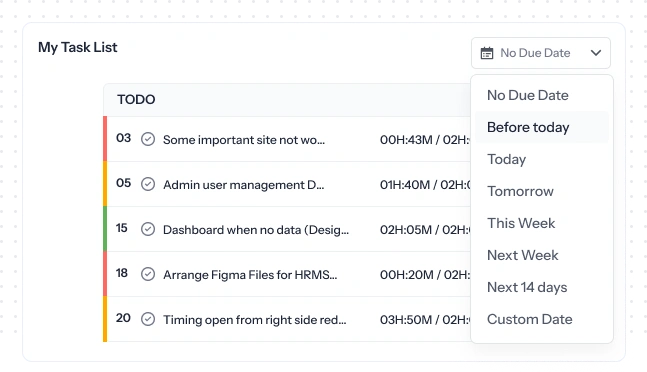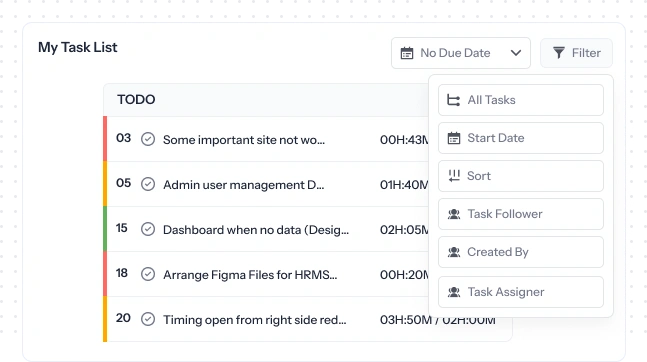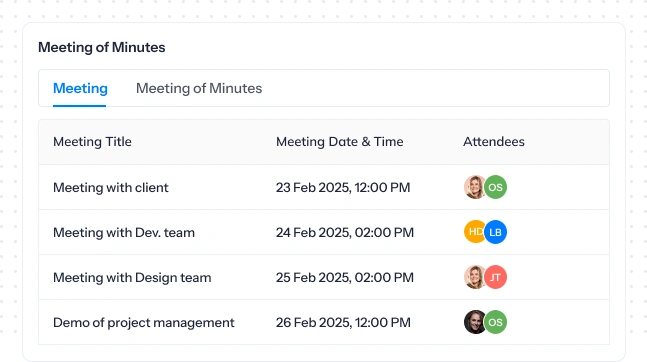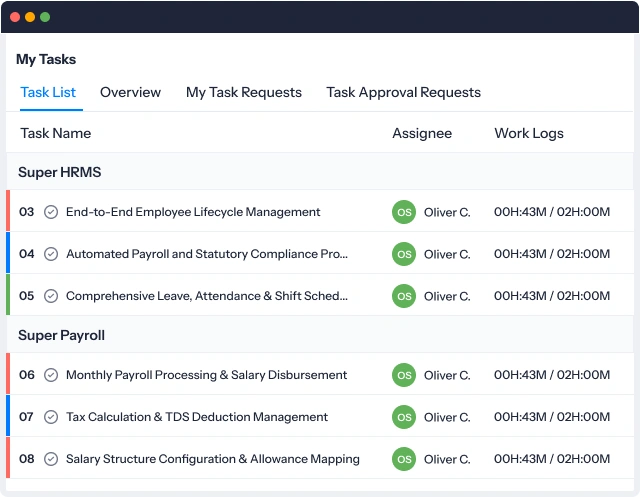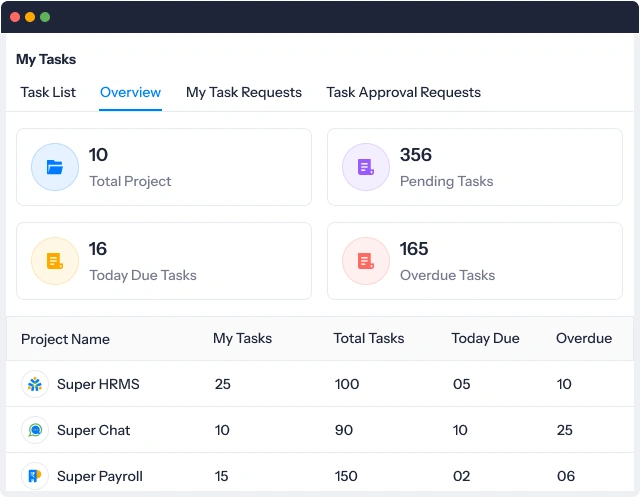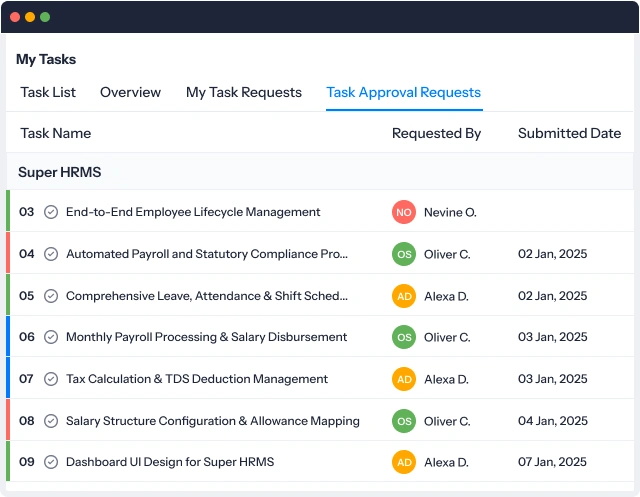Portfolio management in Project Management Software refers to the centralized management of multiple projects and programs to achieve strategic objectives. It involves evaluating, selecting, and prioritizing projects to ensure alignment with organizational goals.
Grab a chance to avail 6 Months of Performance Module for FREE
Book a free demo session & learn more about it!
-
Will customized solution for your needs.
-
Empowering users with user-friendly features.
-
Driving success across diverse industries, everywhere.
Grab a chance to avail 6 Months of Performance Module for FREE
Book a free demo session & learn more about it!
Superworks
Modern HR Workplace
Your Partner in the entire Employee Life Cycle
From recruitment to retirement manage every stage of employee lifecycle with ease.


Seamless onboarding & offboarding
Automated compliance & payroll
Track performance & engagement
Centralized project portfolio management for growing teams
Manage all your employee projects in one dashboard. From deadlines to dependencies—plan better, deliver faster.
Customize your project view, your way
Choose what really matters—assignee, project tags, due dates, or task completion. With Super Project’s task views, you can focus on what needs your attention.
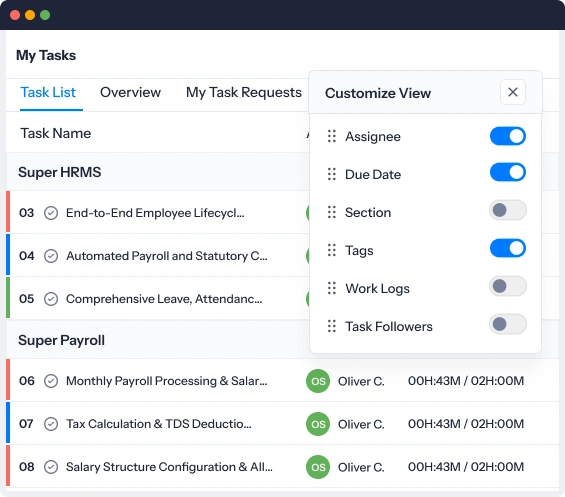
Keep eyes on tasks that matter to you
Not assigned for the task, but still accountable? No worries! Super Project lets you view and track tasks you follow, so nothing important slips through.

500+ companies are nurturing their teams with Superworks
Improve HR onboarding process with our people-first software
Blogs
We are here to help you find a solution that suits your business need.


